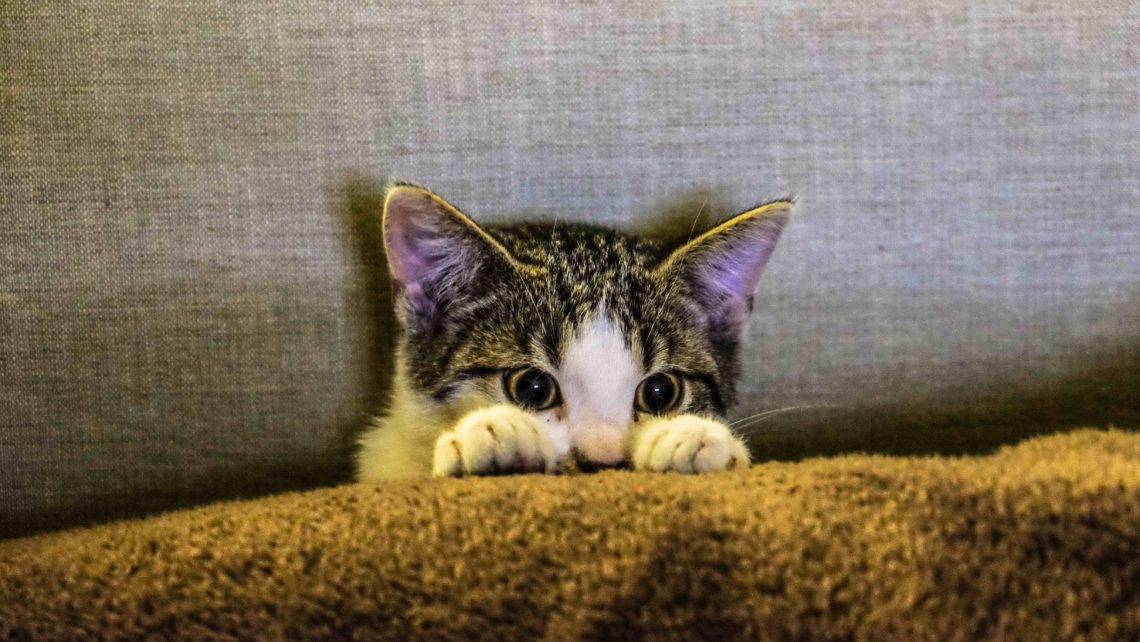Cats are well known for being their own masters. It can be quite the challenge when our little tiger won’t eat their food. Whether it’s dry food, premium or homemade, sometimes they won’t touch it.
There are many reasons why your cat may shy away from eating his food.
Like wild cats, domestic cats are carnivorous (meat-eaters). As you probably know, cats don’t take to change easily. It is usually a stress factor for them. A simple diet change can be enough for your cat to decide not to eat what’s in his bowl!
In fact, the factors related to the food itself are very important for our cats: flavor, aroma, texture and temperature can influence their decision.
Scientific studies show that cats do not relish sweet or savory flavors but do have the ability to taste bitterness, which may explain stubbornness. Remember that time you tried to hide your cat’s medication in his food? Many drugs do not have a pleasant taste, and any taste your cat perceives as weird can lead a cat to not eat his food.
- Preferences
Interesting fact: just as we and other animals have our preferences for taste and texture, cats also have theirs. In fact, the food preferences of cats are formed during childhood, and usually cats that during this period had the opportunity to taste various foods are more open to try something new when offered. If you have a kitten now, make sure you respect the balanced diet kittens need for good development, but make sure to introduce them to new flavors now and then.
- This is how to start a new diet
If it’s necessary to change your cat’s diet, introduce the new food gradually and in small portions over a week. This step helps prevent your cat rejecting the new food and reduces the risk of causing gastrointestinal problems.
- Containers
Sometimes the problem comes from the type of food bowl used. Some cats just do not like some bowls (go figure) and if that is the case, try using separate bowls for water and food. There’s no ideal bowl we can recommend. It’s really trial and error to test your cat’s preference.
- The litter box
Something that can also influence your cat’s desire to eat is his litter box. Eating near the litter box can be quite unpleasant. Your cat may avoid eating and, instead, use the box. Try separating the two from each other.
- Presence of other animals
The presence of other animals may result in the cat being afraid to approach the place where food usually is, and stress can be enough to take the appetite away from your cat. With this in mind, always try to allocate the meal to a quiet place.
When a cat does not eat, it’s a HUGE sign that something needs attention. Although it may be temporary, the hunger strikes from our cats can reflect a silent condition. Best to address it as soon as possible.
Author: Petable Team
Comments(1)
-
Pingback: Can cats actually hold the key to solving our anxiety? - Petable



Leave a Comment